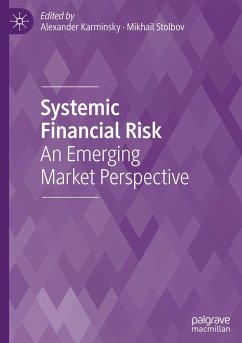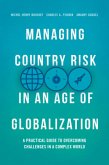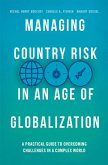This book provides an analysis of various sources and forms of systemic financial risk. It focuses on the most pressing research questions for both advanced and emerging market economies, including green finance, ESG agenda and related risks, international financial connectivity across countries and financial institutions, and catastrophic risks modeling. Part 1 considers emerging research issues in risk assessment and management, including new approaches to measuring financial development, trends and prospects of green finance, and cross-country financial spillovers. Part 2 casts a more nuanced look at the quantitative models and methods adopted in risk assessment and risk management, putting such issues as measuring catastrophic risks, liquidity mismatches as well as modeling probabilities of default and the impact of macroeconomic fundamentals on capital adequacy ratios in the Russian banking sector in the spotlight. Finally, Part 3 discusses the new regulatory challenges dealingwith risk assessment and risk management, such as macroprudential policies which have proved efficient to mitigate systemic risk are investigated.
The book offers a comprehensive picture of the challenges which emerging market economies are facing in the field of financial risk assessment and management. Specifically, the challenges are discussed in the context of elaborated models and policy responses, which are based on the up-to-date theoretical contributions and empirical evidence from various fields, making the book relevant to professors, researchers, graduate students, and practitioners of risk management, international finance, and financial services.
The book offers a comprehensive picture of the challenges which emerging market economies are facing in the field of financial risk assessment and management. Specifically, the challenges are discussed in the context of elaborated models and policy responses, which are based on the up-to-date theoretical contributions and empirical evidence from various fields, making the book relevant to professors, researchers, graduate students, and practitioners of risk management, international finance, and financial services.








